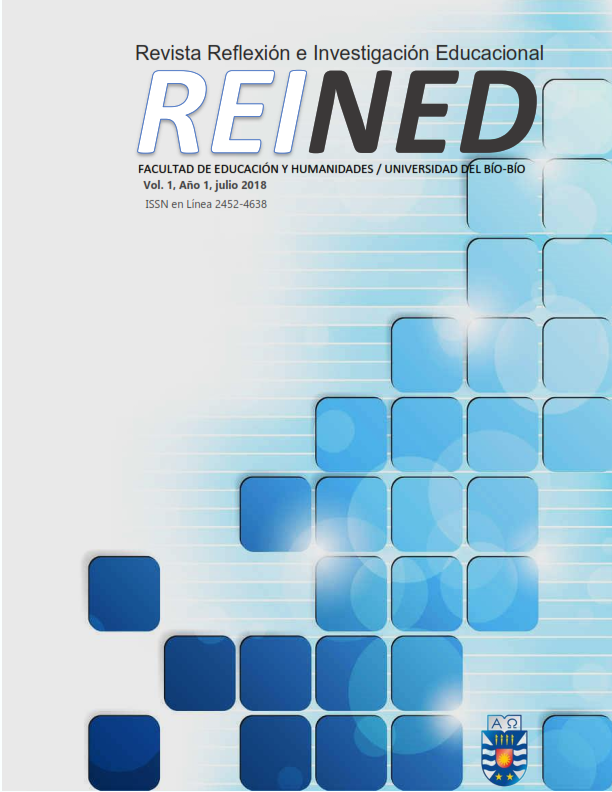Psychopedagogical proposal for families with Williams syndrome’s children
Main Article Content
Abstract
In recent decades, psychopedagogy has centred his scope on family, social and work issues in the school. This approach to family creates the need to treat new diseases known as rare conditions, due to its low incidence. Williams syndrome is a genetic disorder of neural development, and has been scarcely explored in terms of research. In addition, there is a lack of specialized information, lack of networking and resources to deal with it. According to some reports, there are obstacles to access to specialists diagnostic, and treatments such as early stimulation, physical therapy or psychological support. The overall objective of this study is to make a psychopedagogical proposal based on the Feuerstein’s theory of Mediated Learning Experience (MLE) for health and education professionals to be able to work with families of children with Williams Syndrome at an early stage of treatment.
Article Details
References
Feuerstein, R. (1992): La teoría de la modificabilidad estructural cognitiva. Jerusalén: ICELP.
Fundación APADIM. (S/F). Sitio web. Disponible en: http://www.fundacionapadim.org.ar/
Garayzábal, E. (2005). Síndrome de Williams. Materiales y análisis pragmático. Universidad de Valencia: Guada Impresores.
García, M. y Mulas, F. (coord.) (2005). Atención Temprana. Desarrollo infantil, diagnóstico, trastornos e intervención. Valencia: Promolibro.
Gil, I. (2017). Síndrome de Williams, el trastorno genético raro que hace a los niños demasiado extrovertidos. Entrevista online. BBC Mundo, Salud. Recuperado de www.bbc.com/mundo/noticias-39084180
Gonçalves, O. F., Pérez, A., Henriques, M., Prieto, M., Reis Lima, M., Fuster Siebert, M. y Sousa, N. (2004). Funcionamento cognitivo e produção narrativa no Síndrome de Williams: ¿congruência ou dissociação neurocognitiva? International Journal of Clinical and Health Psycchology, 4(3), 623-638.
Izquierdo, M., Avellaneda, A. (2003). Enfoque interdisciplinario de las enfermedades raras: un nuevo reto para un nuevo siglo. Bracelona: Medicina Clínica.
Jason, H. (2003). Word reading and reading related skills in adolescents with Williams syndrome. Journal of Child Psychology and Psychiatry and Allied Disciplines, 44, 576-587
La Cruz, M. A., Cammarata – Scalisi, F. (2015). Síndrome de Williams – Bauren. Enfoque diagnóstico a través del fenotipo. Mérida – Venezuela.
Mahoney, G., y Perales, F. (2011). The role of parents of children with down syndrome and other disabilities in early intervention. In Neurocognitive Rehabilitation of Down Syndrome: The Early Years (pp. 205-223). Cambridge: University Press. doi: 10.1017/CBO9780511919299.017
Moncunill, I. A., Hilas, E., Calamari, S. E., Molina, G. y Cornejo, L. S. (2007). Estrategia mediadora para la promoción de la salud bucal en niños y adolescentes con Síndrome de Down. Revista Síndrome de Down, 24, 62-67. Recuperado de sid.usal.es/idocs/F8/ART9689/estrategia_mediadora_promocion_salud.pdf
Noguez, S. (2002). El desarrollo potencial de aprendizaje. Entrevista a Reuven Feuerstein. Revista Electrónica de Investigación Educativa, 4(2), 132-147.
OER. Observatorio sobre enfermedades raras (2017). Estado de situación de la investigación en Enfermedades Raras en España. Recuperado de https://enfermedades-raras.org/images/doc/obser/INFORME-SITUACION-DE-LA-INVESTIGACION-EN-ER-EN-ESPANA.pdf
Perera, Juan (2011). Atención temprana: Definición, objetivos, modelos de intervención y retos planteados. Revista Síndrome de Down, 28, 140-152.
Pérez, L. A. (1996). Genética del Síndrome de Williams (SW). Genes afectados y mecanismo de producción. Barcelona: Universidad Pompeu Fabra.
Puente Ferreras, A., Fernández Lozano, M., Alvarado Izquierdo, J. y Jiménez Rodríguez, V. (2011). Síndrome Williams: una enfermedad rara con sintomatología contradictoria Revista Latinoamericana de Psicología, 43(2), 217-228
Sampaio, A. (2006). Estudio Volumétrico de Áreas Cerebrais Específicos e Fenótipo. (Tesis doctoral inédita), Universidad de Minho, Minho, Brasil. Neurocognitivo no síndrome de Williams. Dissertação de Doutoramento. Braga: Universidade do Minho.
Semel, E. y Rosner, S. R. (2003). Understanding Williams syndrome: Behavioral patterns and intervention. Mahwah, NJ: Lawrence Erlbaum Association.
Solé, I. y Monereo, C. (1996). Asesoramiento psicopedagógico : una perspectiva profesional y constructivista. Madrid: Alianza
Tarjan, I., Balaton, G., Balaton, P., Varbiro, S. y Vajo, Z. (2003). Facial and dental appearance of Williams syndrome. Postgraduate Medical Journal, 79(930):241. doi:10.1136/pmj.79.930.241

